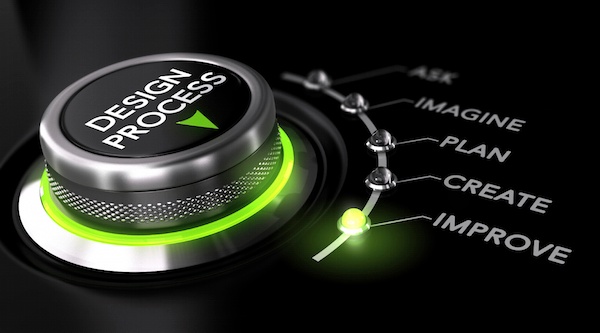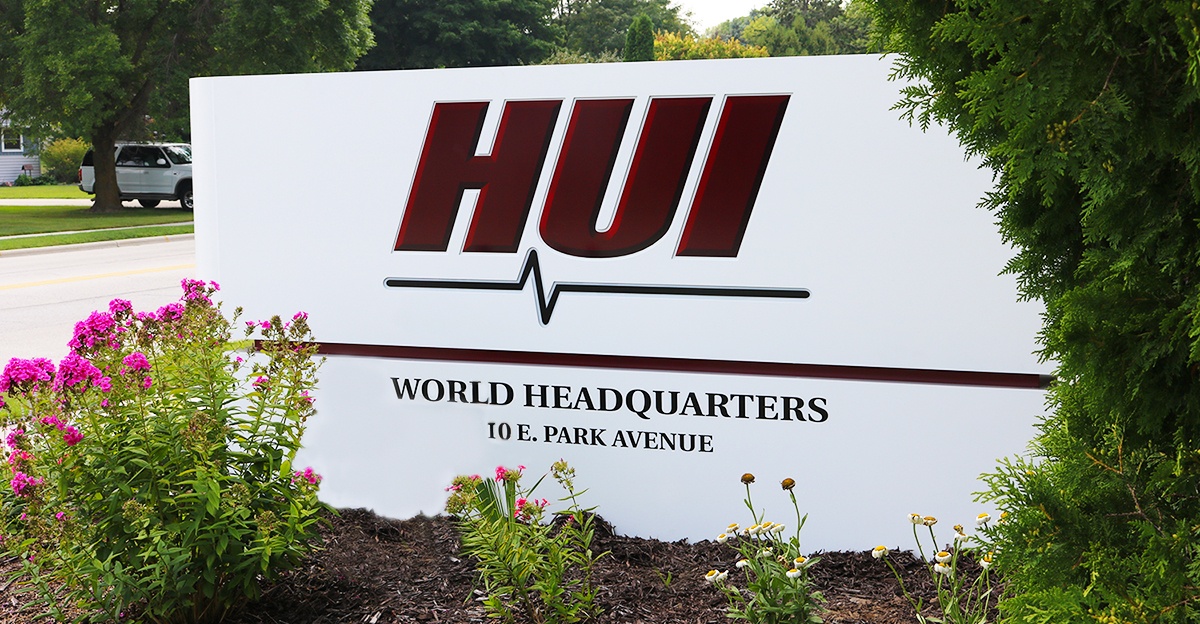The process of designing a custom medical cart involves a lot of moving elements and sequential events. Achieving a successful end result requires organizing the design process into stages that makes it possible to guide the project in the best possible direction. Below are the stages HUI uses and a description of what occurs during each.
Concept Stage
The Concept Stage is where we take note of our customers’ ideas, the features needed, and functional requirements. Once all requirements have been collected, three to five industrial design concepts are created and presented to the customer so that they can choose their preferred design features, which allows us to create the ideal final concept. The general lead-time for this stage is a week. Check out HUI’s blog on the Unique Concept Stage Process for a more in depth understanding.
Engineering Stage
This stage brings the custom medical cart to life. In the Engineering Stage, 3D models are assembled and all assembly and building details are processed. During this stage, HUI has regular meetings with the customer to review the models and make sure everything is being done to the customer’s satisfaction. Sometimes we also build a functional prototype, which is used to test design theories. This can be an entire cart or a specific section of the cart and is done to prove functionality so we can create the final design with a higher probability of success.
HUI performs an analysis inside the 3D software as well. We can determine the angle at which the cart will tip over, the maximum weight that can be placed on a shelf before it starts to deform, etc. We address all these aspects before we move into the Prototype Stage. In order to determine the design risks of a project, we hold multiple Design Failure Effects Mode Analysis (DFMEA) meetings to ensure all our questions are answered and distinguish what testing is needed once we have a production grade prototype. Once the design is complete, which has a given lead-time as fast as four weeks, we move into the Prototype Stage.
Prototype Stage
We begin the Prototype Stage by making prints and assembly instructions for the manufacturing floor. When the prints are complete, we hold Process Failure Effect Mode Analysis (PFMEA) meetings where we determine any plausible risks associated with our custom medical cart processes. We then sign off on the prints, completing all PFMEA actions. This allows us to start building the production-grade prototype.
A production-grade prototype is made out of production-grade materials and uses production processes. Exceptions are made in cases where we anticipate substitutions. When the production-grade prototype is complete, we make two such prototypes: one is shipped to the customer for review and the other is kept onsite for the required DFMEA and PFMEA testing validation and IEC 60601-1 testing.
This stage typically introduces the most changes given the tangible nature of a production-grade prototype. HUI specializes in making quick changes to the initial prototype and delivering additional prototypes when needed. The Prototype Stage’s lead-time extends for five weeks. It should be noted that lead-times are susceptible to change given specific manufacturing processes. For additional information on our prototype practices, check out our blog Why Are Medical Cart Prototypes Necessary?
Production Stage
The final stage of our medical cart process is the Production Stage. After we have made any final changes to the production grade prototypes, the medical cart goes into production. Generally, we produce 5-25 units for every production run. This way, we can continue to make additional changes at the request of our customer, if necessary. We also offer the ability to drop-ship products.
Our medical cart design process results in shorter lead-times, faster output, and emphasizes customer satisfaction. Contact us to start developing your ideal medical cart with us today!


